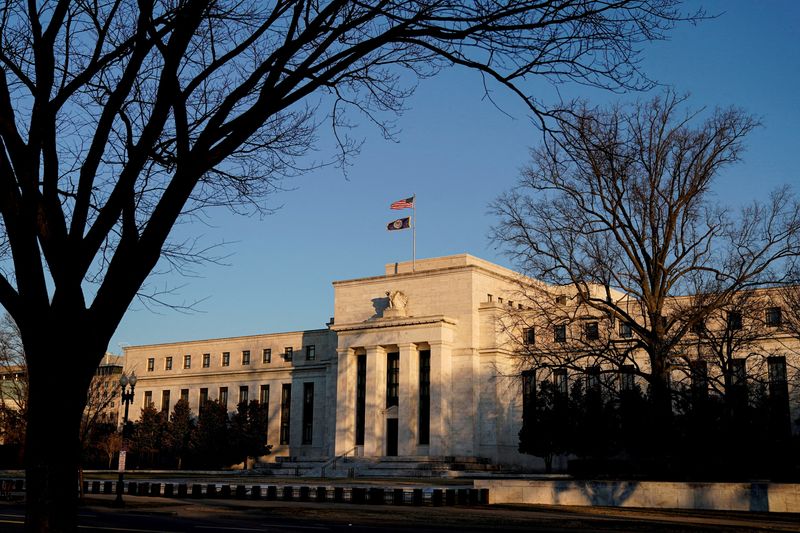New York Fed reported influx of funds in amount of 2.5 trillion
2022.12.31 01:48

New York Fed reported influx of funds in amount of 2.5 trillion
Budrigannews.com – On Friday, the last trading day of the year, a crucial facility that the Federal Reserve uses to help control short-term interest rates saw record inflows.
The New York Fed reported that its reverse repo facility received $2.554 trillion in cash from eligible financial institutions and money market funds, surpassing the previous high of $2.426 trillion on September 30.
On a typical pattern at the end of the quarter, the cash surge almost certainly reached record levels, which can get even worse at the end of the year. On those dates, many financial institutions would rather park their cash at the central bank than in private markets for a variety of reasons.
For some time, the Fed’s reverse repo facility has been very active. In the spring of 2021, cash began to gravitate toward the central bank after experiencing almost no uptake for a long time. From there, it continued to grow consistently. Since June, daily reverse repo usage has remained above $2 trillion.
In effect, the Fed lends money to eligible financial institutions through the reverse repo facility. The current rate is 4.3%, which is a return that frequently outperforms rates for short-term lending from the private sector.
The purpose of the reverse repo facility is to provide a soft floor for short-term rates as well as the federal funds target rate, which is the main tool used by the Fed to fulfill its mandates regarding inflation and jobs. The Fed also pays deposit-taking banks to park cash at the central bank to set the high end of the range. At the moment, the interest rate on reserve balances is 4.4%.
As of Friday, the federal funds rate was trading at 4.33 percent, which is in line with the difference between the rates for interest on reserve balances and reverse repo. It is currently set at 4.25 percent.
Even though the reverse repos have been used a lot, Fed officials haven’t been worried about the big inflows. This is despite the fact that some people in the financial markets have worried that the Fed could kill off private money market borrowing and lending.
Officials at the Fed have also anticipated that the utilization of the reverse repo facility will decrease as the central bank continues to increase interest rates with the intention of lowering extremely high levels of inflation. However, that has not happened yet, and some market participants now believe that the Fed facility will continue to be used frequently for some time.
According to New York Fed research, there is high demand for the Fed reverse repo tool due to problems with bank regulation. In the mean time the Kanas City Took care of added its view that enormous inflows are attached to restricted private market venture valuable open doors and strategy vulnerability.
Central bankers may not be alarmed by large cash inflows, but this has effectively rendered their operations unprofitable. The interest it earns on the bonds it owns and the services it provides to the financial community are how the Fed makes money. In most cases, it makes a sizable profit, which the law requires it to return to the Treasury.
Interest on reverse repos and reserve balances is currently costing more than income. On Thursday, the Federal Reserve said that an accounting number it uses to track the loss was $18 billion as of December 28. Even though those losses will not affect the Fed’s monetary policy work, many observers anticipate that the central bank’s plans to raise rates further and maintain them at high levels will result in fairly substantial losses over time.
More Bank of Japan has raised its forecast for planned inflation








